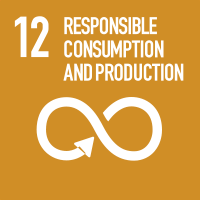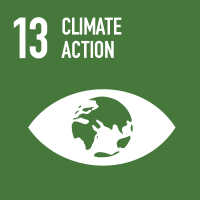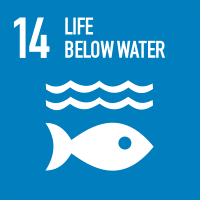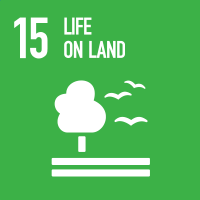Studying at the University of Verona
Here you can find information on the organisational aspects of the Programme, lecture timetables, learning activities and useful contact details for your time at the University, from enrolment to graduation.
Study Plan
This information is intended exclusively for students already enrolled in this course.If you are a new student interested in enrolling, you can find information about the course of study on the course page:
Laurea magistrale in Biotecnologie per le biorisorse e lo sviluppo ecosostenibile - Enrollment from 2025/2026The Study Plan includes all modules, teaching and learning activities that each student will need to undertake during their time at the University.
Please select your Study Plan based on your enrollment year.
1° Year
| Modules | Credits | TAF | SSD |
|---|
1 module among the following1 module among the following1 module between the following1 module among the following1 module between the following2° Year activated in the A.Y. 2024/2025
| Modules | Credits | TAF | SSD |
|---|
1 module between the following1 module between the following1 module among the following| Modules | Credits | TAF | SSD |
|---|
1 module among the following1 module among the following1 module between the following1 module among the following1 module between the following| Modules | Credits | TAF | SSD |
|---|
1 module between the following1 module between the following1 module among the following| Modules | Credits | TAF | SSD |
|---|
1 module among the followingLegend | Type of training activity (TTA)
TAF (Type of Educational Activity) All courses and activities are classified into different types of educational activities, indicated by a letter.
Ecology for bioresources (2023/2024)
Teaching code
4S010493
Credits
6
Language
Italian
Scientific Disciplinary Sector (SSD)
BIO/07 - ECOLOGY
Courses Single
Authorized with reserve
The teaching is organized as follows:
Teoria
Esercitazioni
Learning objectives
The course aims to provide the students with basic and advanced knowledge about antropic activity's impact towards the functionality of natural ecosystems (water, air, soil) as well as with the instruments to correctly evaluate the alteration of the envionment in order to add value to the ecosystem services, the preservation of biodiversity and the exploitation of renewable resources
Program
1) ESSENTIALS OF ECOLOGY
- The organism and its environments
- Population ecology
- Species interaction
- Community ecology
- Ecosystem ecology
2) HUMAN IMPACT ON THE ENVIRONMENT
- Biodiversity patterns, drivers and threats
- Ecology of climate change
- Sustainability and ecosystem services
3) ECOSYSTEM MONITORING, MANAGING AND CONSERVATION
- Ecological Surveying and Monitoring
- Ecological Indicators
- Landscape Ecology and Management
- Non-native Species Management
- Pest Management
- Principles of Conservation
- In Situ and Ex Situ Conservation
- Reintroduction and Rewilding
Didactic methods
Classroom lectures (PowerPoint).
Learning assessment procedures
The exam consists of a test articulated with:
1. Presentation of a scientific article (10-15 min). The article is chosen by students from a list proposed by the teacher or independently (approved by the teacher). The topic of the articles concerns topics of applied ecology addressed during the course.
2. Written exam with 10 multiple-choice questions and 2 open questions (2 hours) that will focus on the subjects covered during the course.
Evaluation criteria
1) Presentation of a scientific article: general understanding of the article, deepening of the scientific by a related literature search, critical analysis of the article.
2) Written test: completeness of contents, competence in the use of specialised vocabulary, ability to connect the various topics covered.
Criteria for the composition of the final grade
The final mark will be attributed considering one third for the presentation of the article and two thirds for the written test.
Exam language
Italiano




